Milestones
Long Beach State Legacy


The university’s athletics program began in 1951 with men’s basketball. By 1960, it had 12 varsity teams: football, water polo, cross country, basketball, gymnastics, wrestling, crew, baseball, golf, tennis, swimming and track. Dorothy Fornia led the inaugural women’s athletics department during the 1957-58 academic year, boasting women’s volleyball, basketball, tennis and field hockey.
In the Olympics
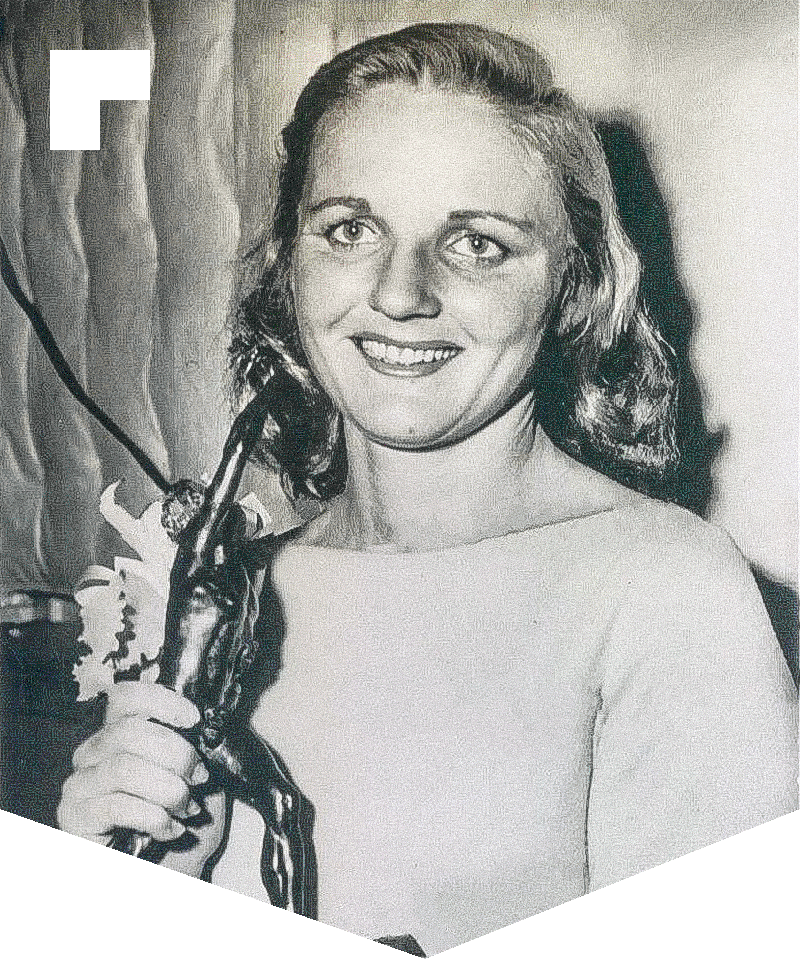
The Beach has a proud history of Olympic participation, with numerous students, faculty and alumni participating in the Games.
Noteworthy among the program’s early achievements was the participation of student and swimmer Pat McCormick in the 1952 U.S. Olympic Team, held in Helsinki. Misty May-Treanor went on to win three gold medals in consecutive games in Beach Volleyball ('04,'08 and '12).
Beach students and athletes have participated in every Summer Olympics since.
The Pyramid

In late 1994 the athletic arena on campus known as the Pyramid became synonymous with Beach Athletics.
Designed to accommodate 5,000 spectators, it serves as the home venue for the men's and women's basketball and volleyball teams.
The arena was renamed the Mike and Arlene Walter Pyramid in 2005 in recognition of a gift from former College of Business dean, Mike Walter.
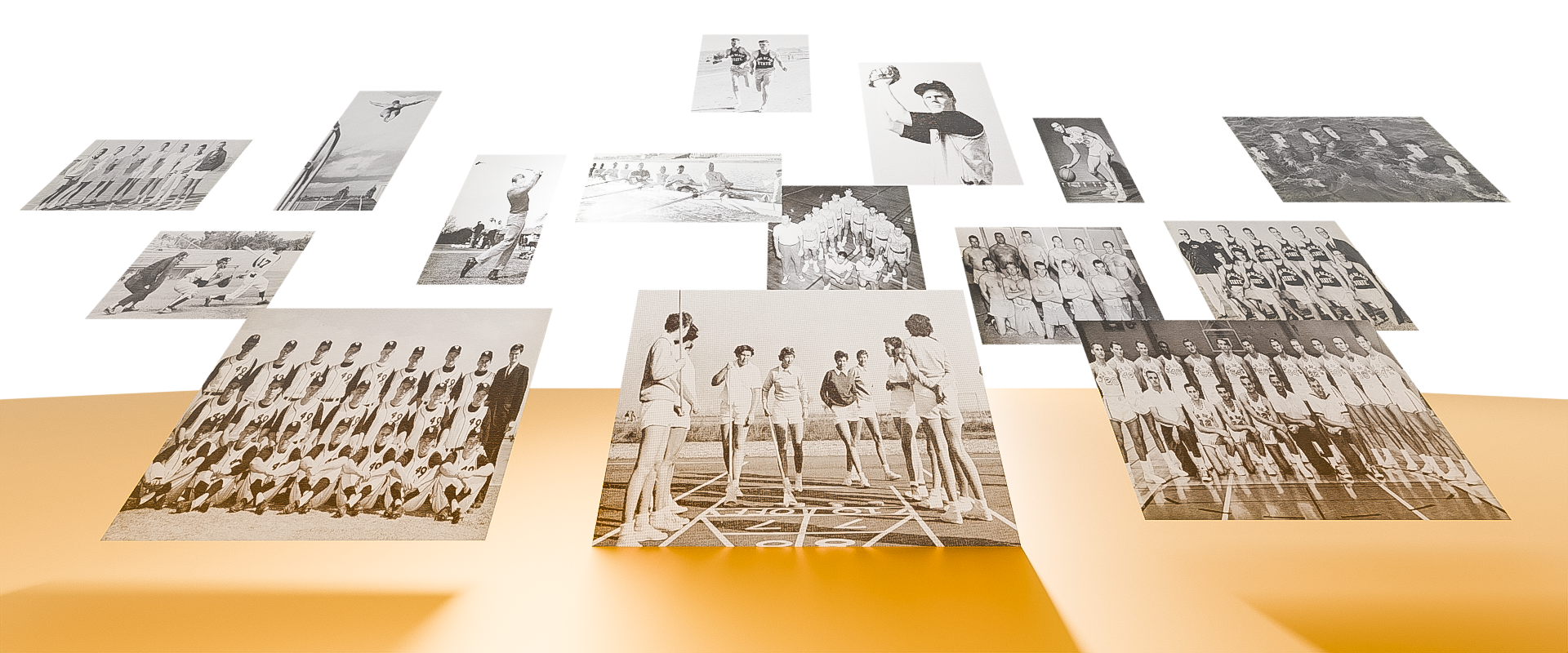
Arts and Architecture
Architectural initiatives for the university were initially led by architect Ed Killingsworth and his firm, who drew up a master plan for a pedestrian-friendly campus. The campus architecture, largely influenced by the minimalist mid-century modern style, places a strong emphasis on building with the surrounding landscaping.
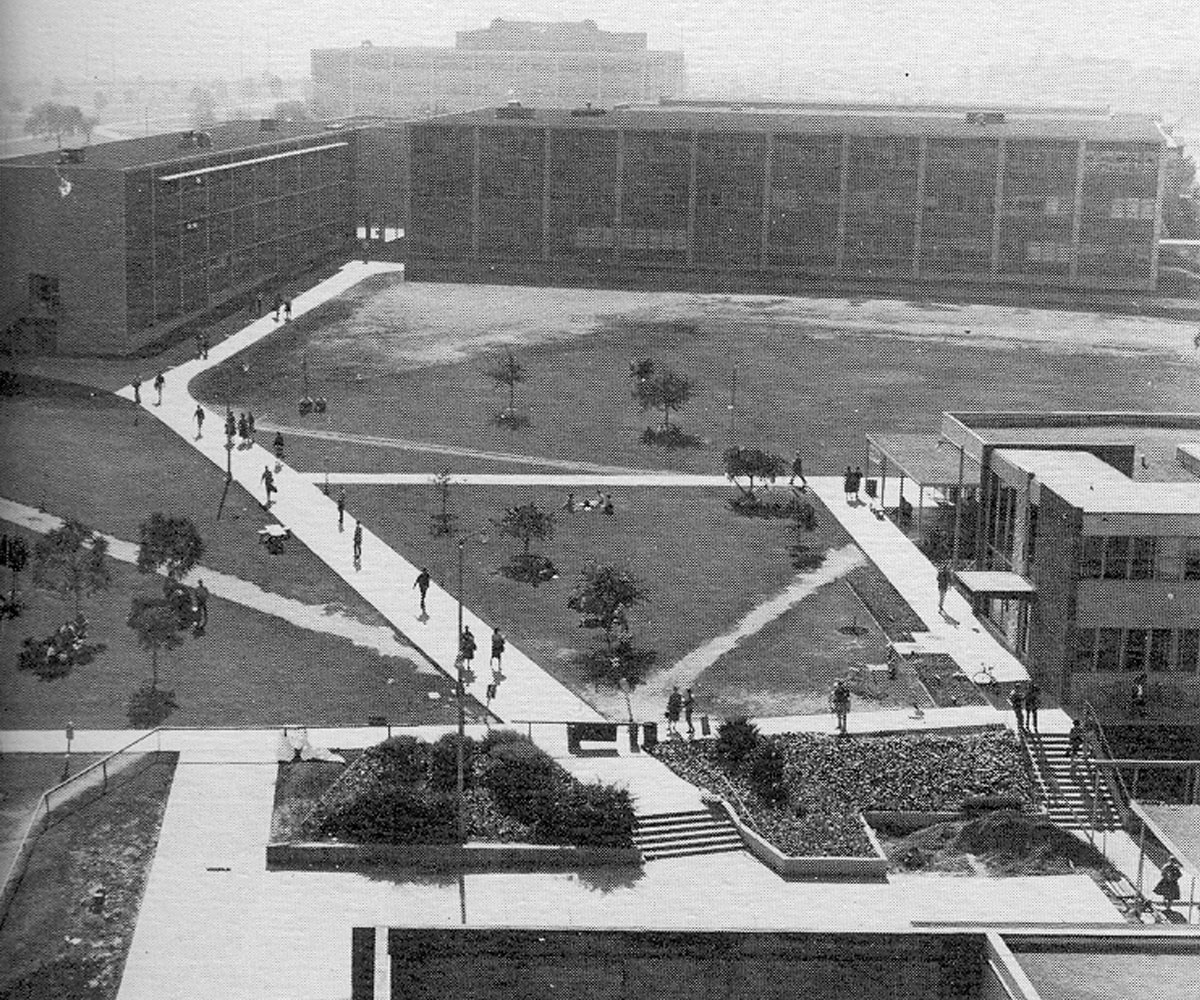
In 1965, The Beach hosted the first International Sculpture Symposia in the United States and the first on a college campus. Several large-scale abstract sculptures were created by world-renowned artists for this milestone, many of which continue to adorn the campus. Among the artists whose works still adorn the university are Andre Bloc, Piotr Kowalski and Claire Falkenstein.
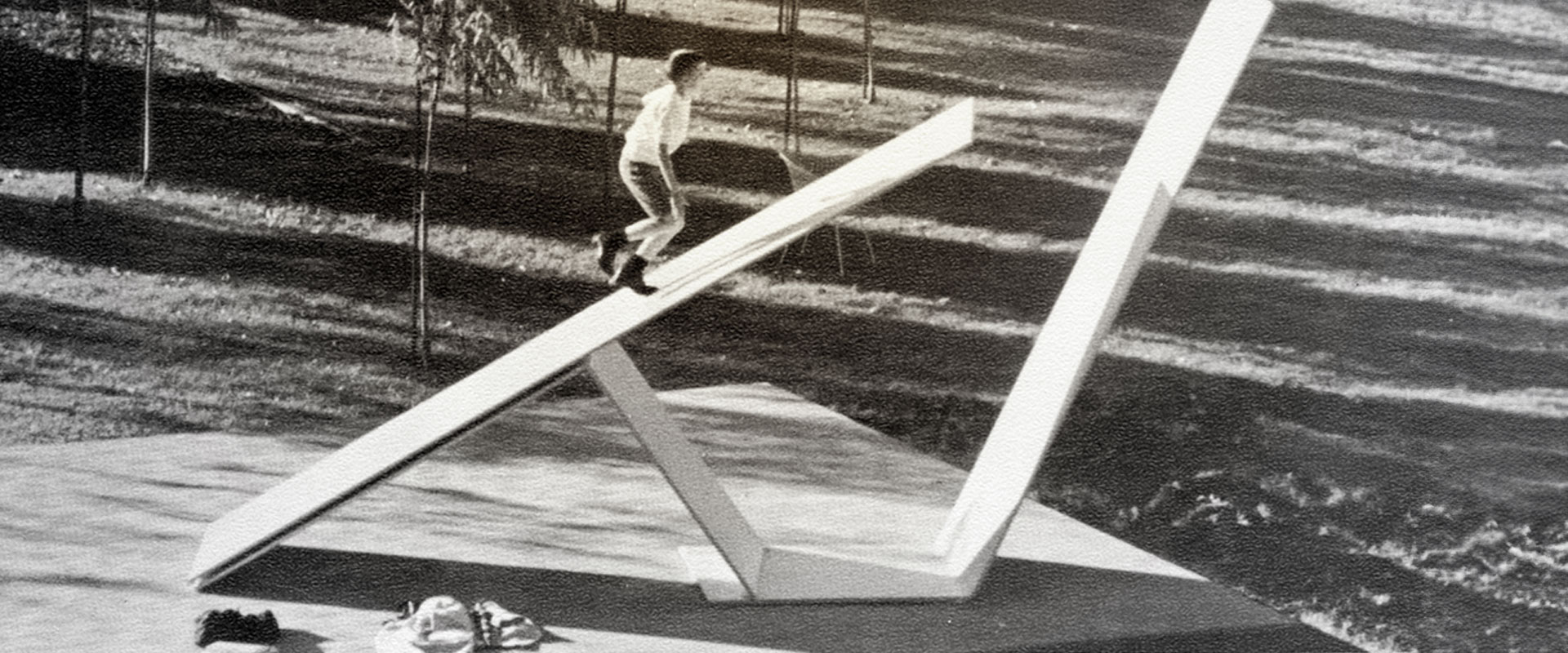
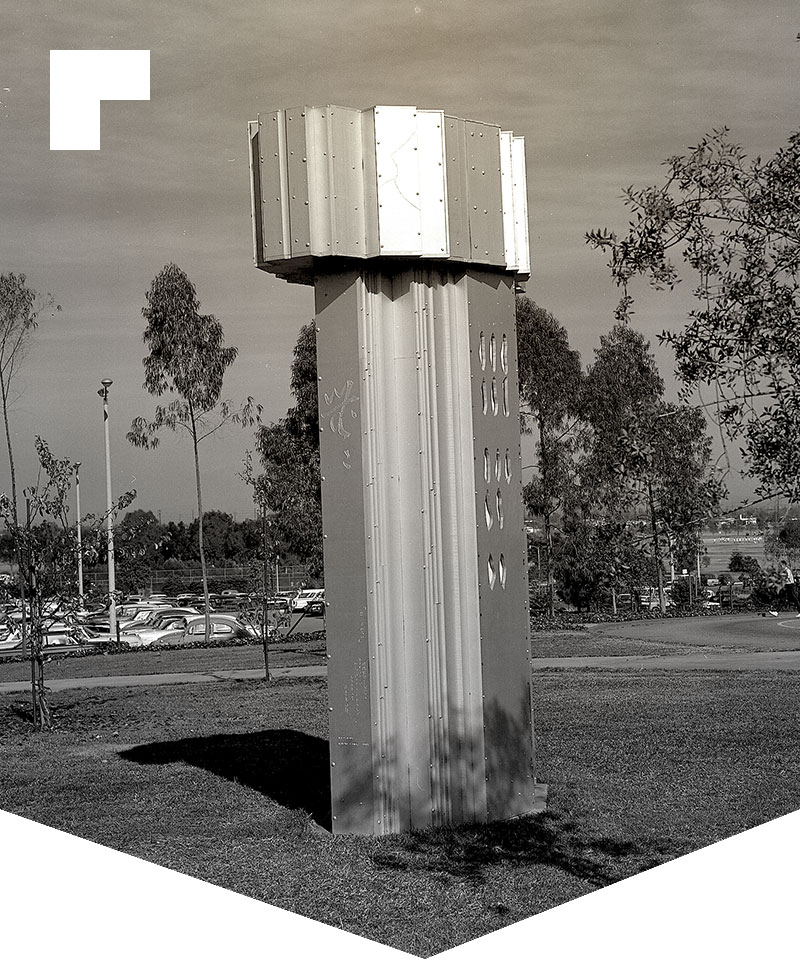
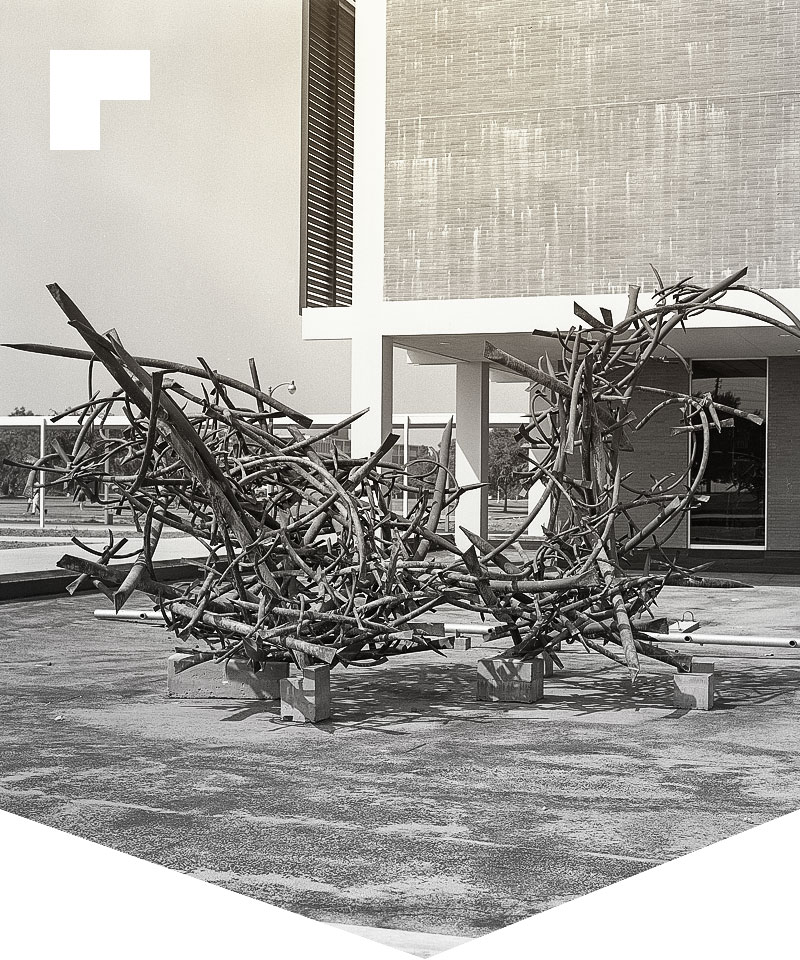
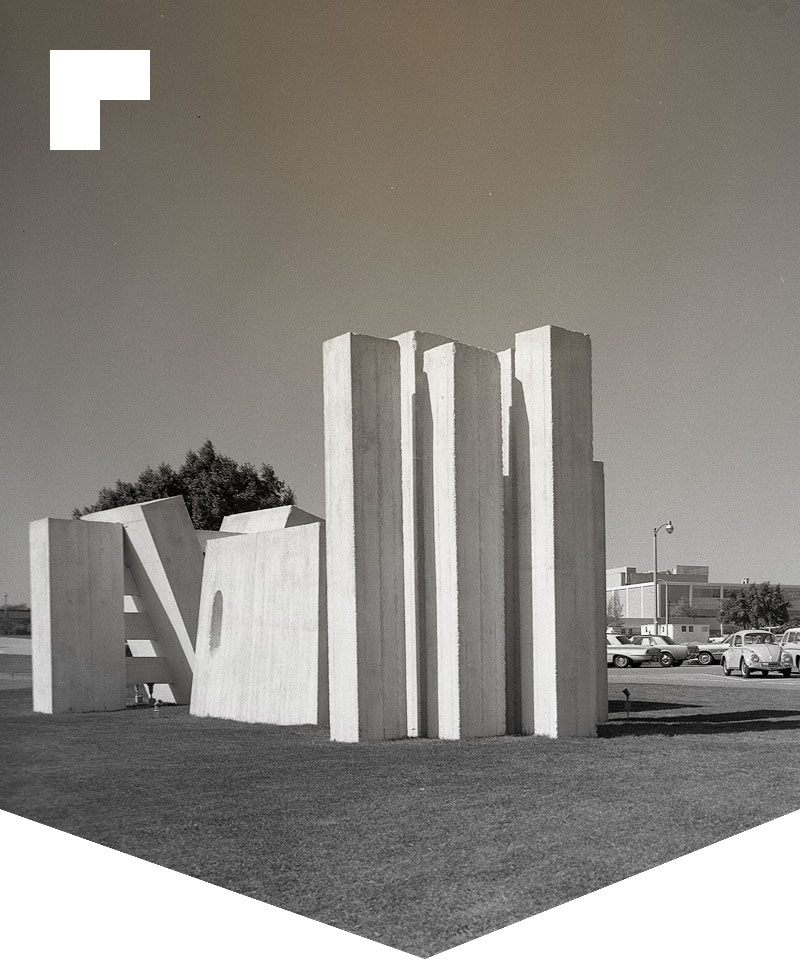
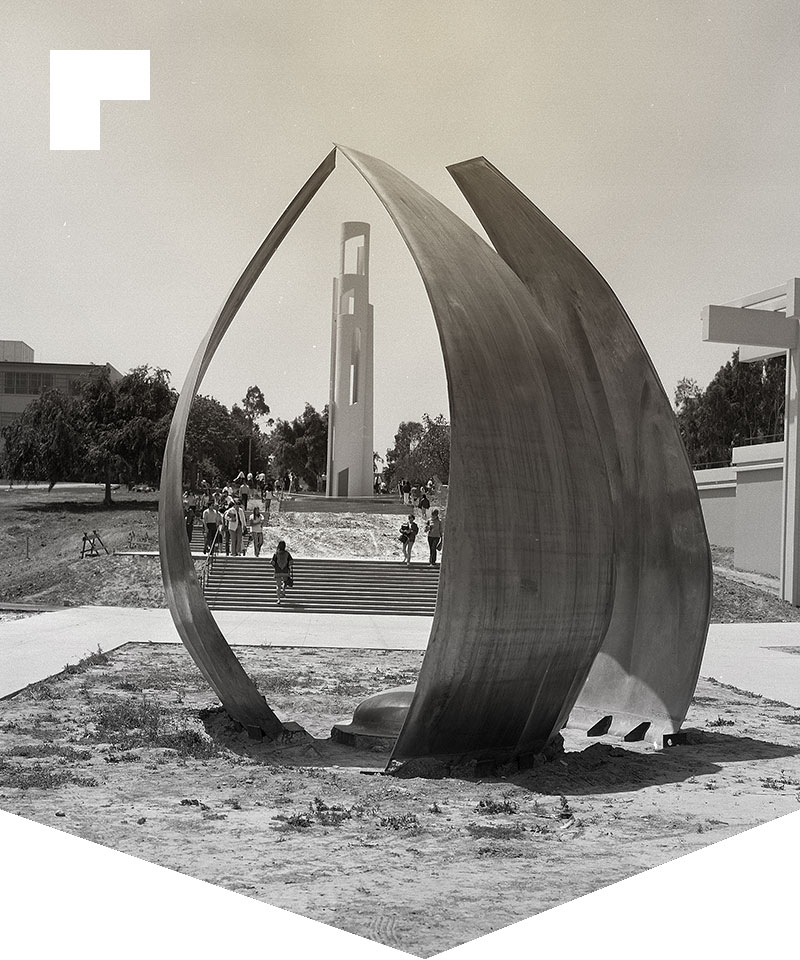
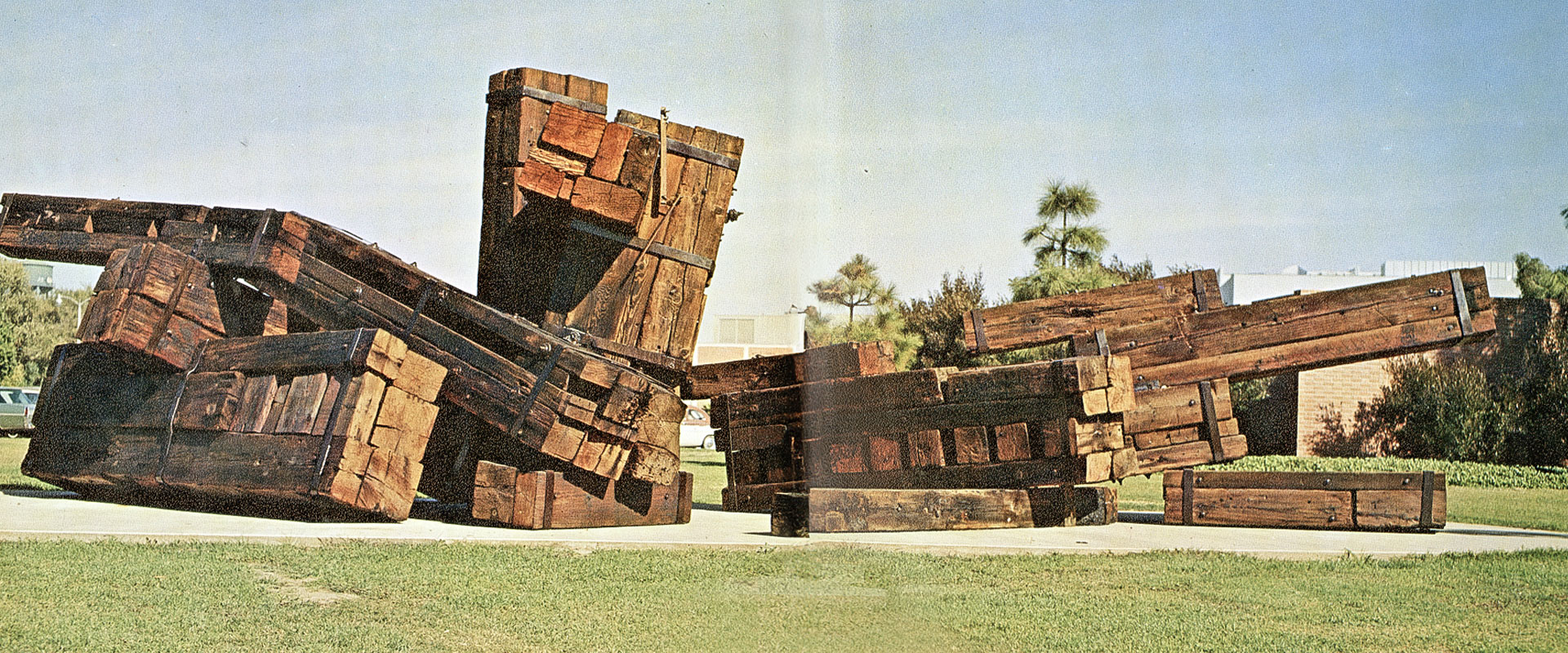
A Culture of Inclusion
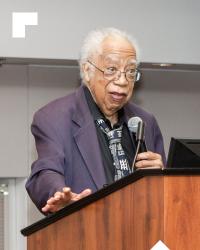
The 1960s witnessed the start of several cultural and educational initiatives, including Kwanzaa in 1966 by Maulana Karenga and the first Educational Opportunity Program within the California State College system in 1967, spearheaded by Joseph White.
The creation of American Indian Studies in 1968 marked another milestone, further enriching academic offerings at The Beach.
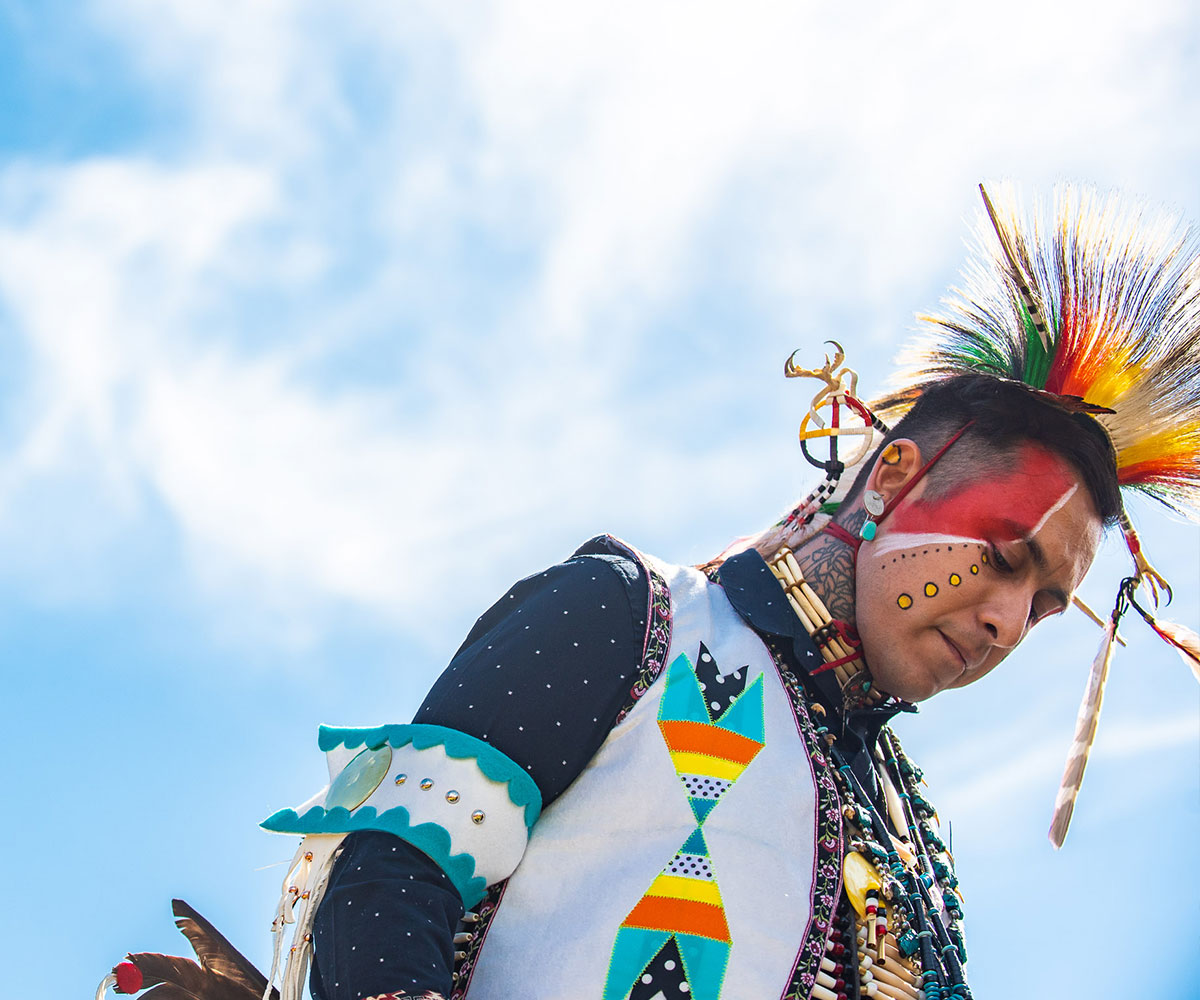
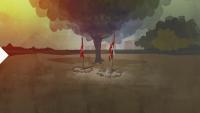
The Beach hosted its inaugural Pow Wow in 1970, gathering American Indian and Native American tribes from across the nation to honor indigenous cultures on the ancestral land of the Gabrielino / Tongva / Kizh and Acjachemen / Juaneño peoples where the university is located. This tradition continues to this day.
The Intergroup Human Relations Center, one of the first multicultural institutes established at an American institution, opened in 1968. The center brought together African American, Mexican American, Asian Pacific American and American Indian students to promote racial justice and understanding. This was one of the precursors of today’s resource centers supporting the university’s diverse student body: Asian American and Pacific Islander, Black, LGBTQ, Muslim, Puvungna, and Latinx students.

The first Women’s & Gender Equity Center was established in 1977, dedicated to fostering a supportive environment that promotes gender equity affairs rooted in social justice.
In 1973 CSULB pioneered the pilot program for Disabled Student Services (DSS), which helped usher in the start of comprehensive support services for students with unique needs across the California State University system.

DSS eventually became the Bob Murphy Access Center, which continues to provide a barrier-free education to students with disabilities.





